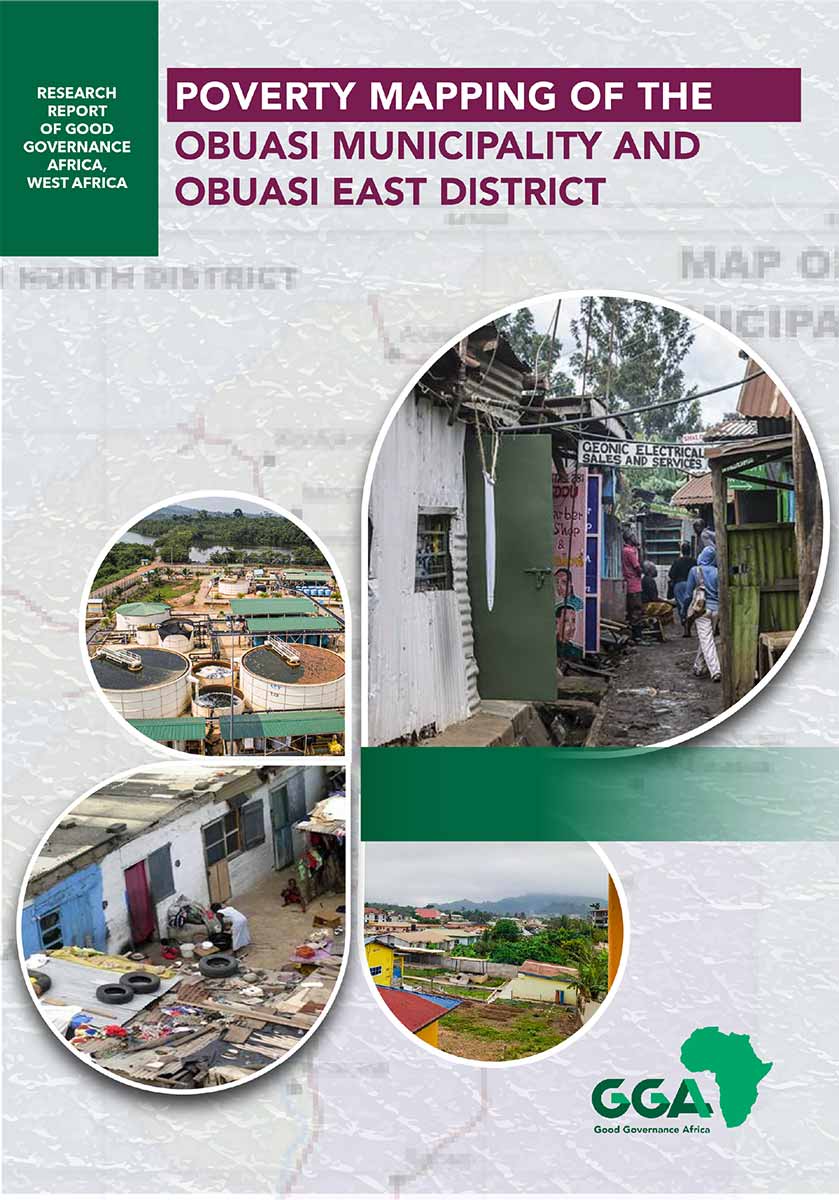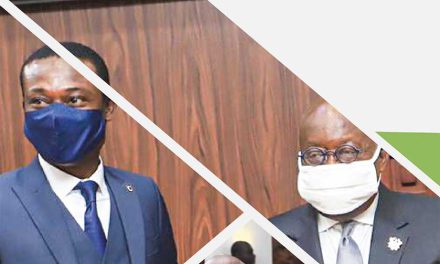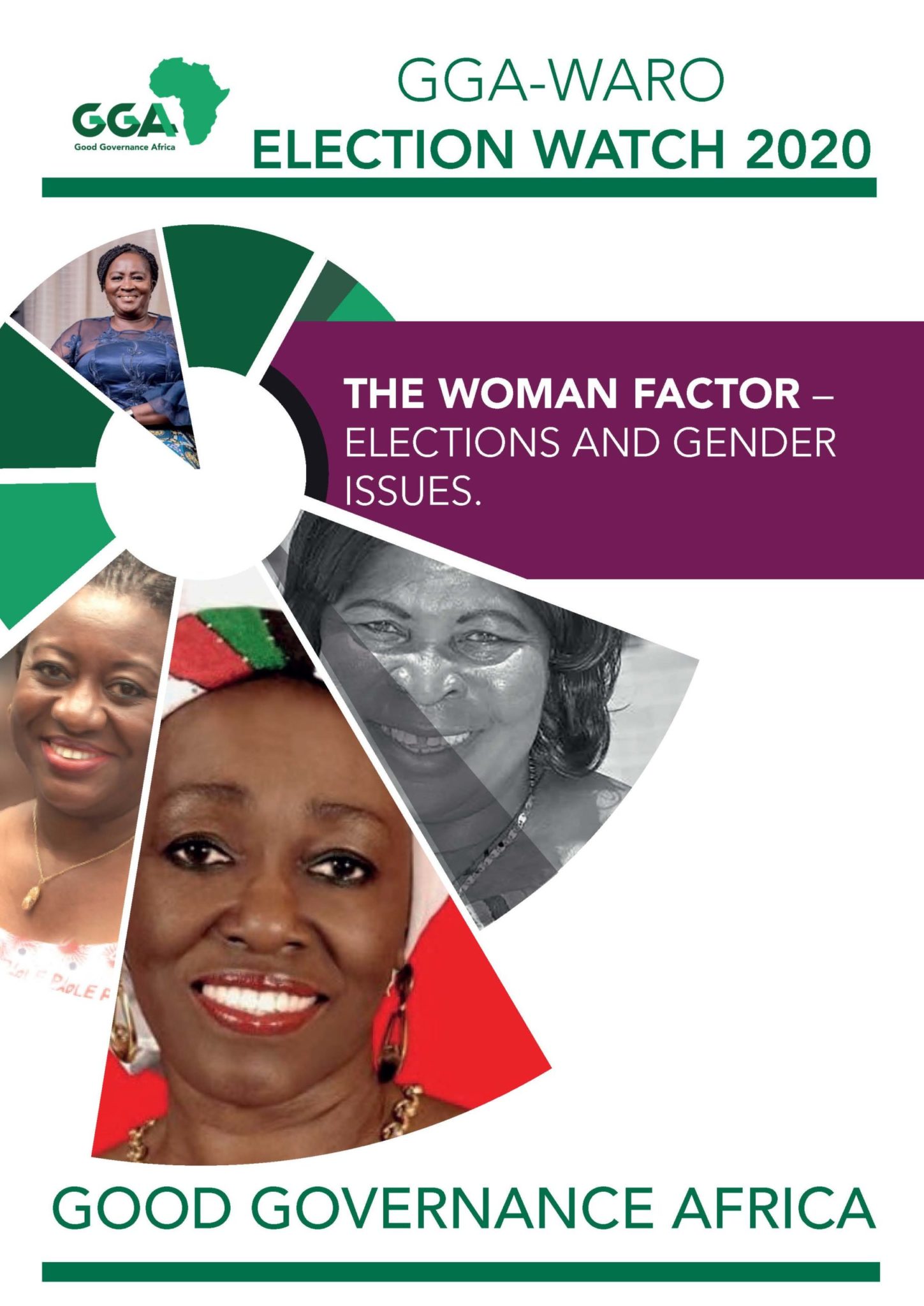
The mining industry in Ghana accounts for 1.2% of the country’s Gross Domestic Product (GDP), with minerals making up 31% of total exports, of which gold contributed about 96% of these total mineral exports as at 2017. The industry contributed 23.3% and 12.6% of the nation’s GDP in 2018 and 2019 respectively. Gold remains the leading mineral in revenue generation in the country.
In spite of the positive effects of gold mining for Ghana, a number of negative effects in gold-rich communities have been recorded. Though mining activities inure to the benefit of the nation as a whole, the host communities are usually negatively affected. Apart from environmental and health related complications, indigenes and inhabitants of host communities also suffer economic losses as natural resources for indigenous activities such as farming, fishing, etc are gradually destroyed. Increased health costs also impact inhabitants and increase the poverty statistics of such communities. It is thus necessary to explore the impact of gold mining with a focus on outlining the poverty indicators of gold resource-rich communities.
This research employs poverty mapping to present a poverty profile of the Obuasi Municipality and Obuasi East District, where gold mining is explored. The specific objectives are to assess the nature of poverty in the Obuasi Municipality and Obuasi East District with identification of the causal factors for economic and income deprivation in these gold- resource-rich-communities. The study reviews current socio-economic potentials of the Obuasi Municipality and Obuasi East District that could be harnessed to alleviate poverty in these areas and proposes pointers for pro-poor policy design for the Obuasi Municipality and Obuasi East District and policy recommendations targeting the different categories of the poor.










